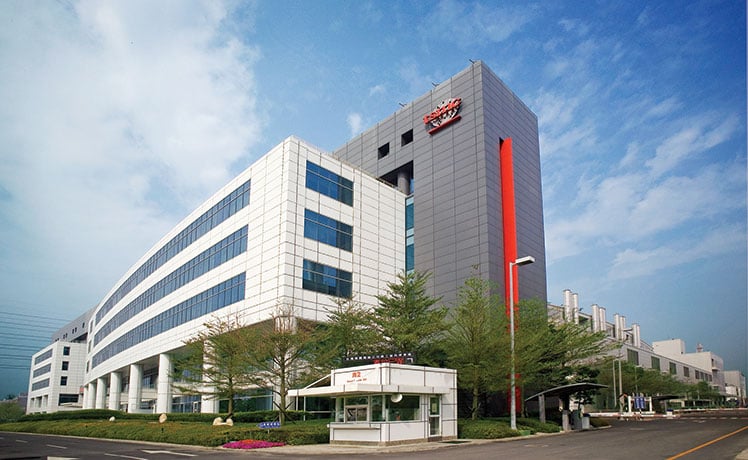The performance and efficiency of chipsets depend on the number of transistors they have. To accommodate more transistors on a chip, their size needs to be reduced. This is known as ‘Moore’s Law’, which states the number of transistors on microprocessors should double every two years by decreasing their size. The current-gen best processors are built-on 7nm process, which is expected to be replaced with 5nm later this year. However, even before that, TSMC has now revealed to have started R&D for 2nm chips.

In its recent annual report to shareholders, TSMC has announced that it has kick-started research and development for the 2nm process in 2019 itself. The semiconductor manufacturing company is yet to deliver Apple’s next-gen 5nm mobile chip slated to release in the last quarter of this year.
For context, the 2nm chips will be able to hold 3.5 times more transistors than the now best 7nm chipsets available in the market.
Additionally, it also revealed the roadmap for 3nm chips lask week, which is progressing as planned. The first batch of risk production is expected to begin in 2021, followed by volume production in the second half of 2022.
The only major competitor for TSMC is Samsung, however, it is yet to mass-manufacture 5nm chips and has even delayed 3nm chipsets to 2022 due to COVID-19 pandemic.
Nevertheless, although TSMC has started working on 2nm chips, we won’t be able to see it anytime soon. The earliest we can expect it to be ready for the masses is 2025.
UP NEXT: Kirin 1020 & Apple A14 expected to lead TSMC’s 5nm mass production in H2 2020
(Via)







